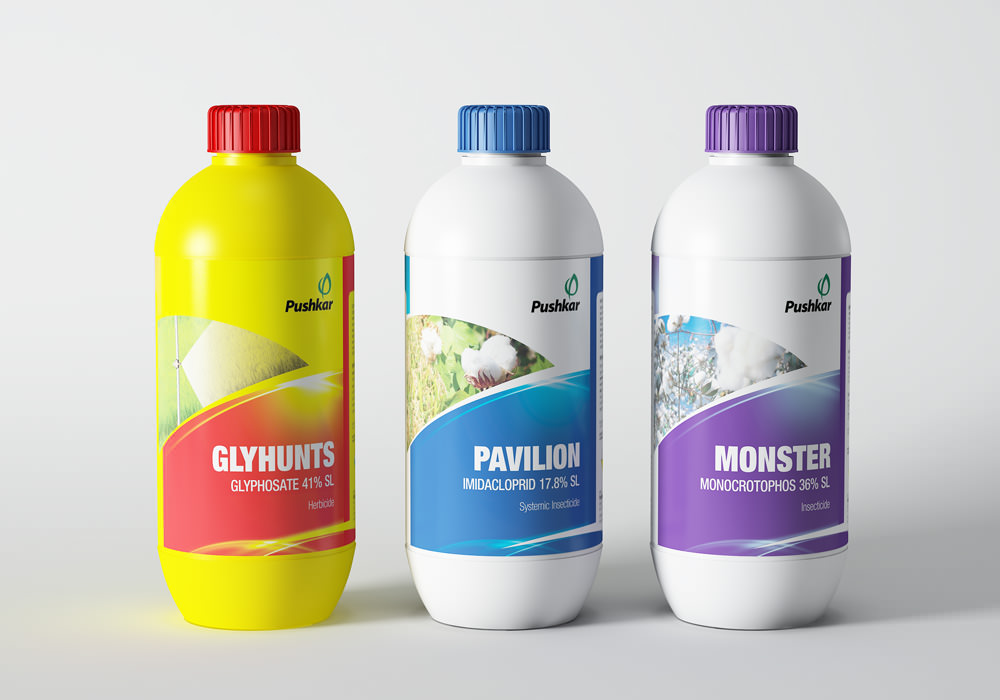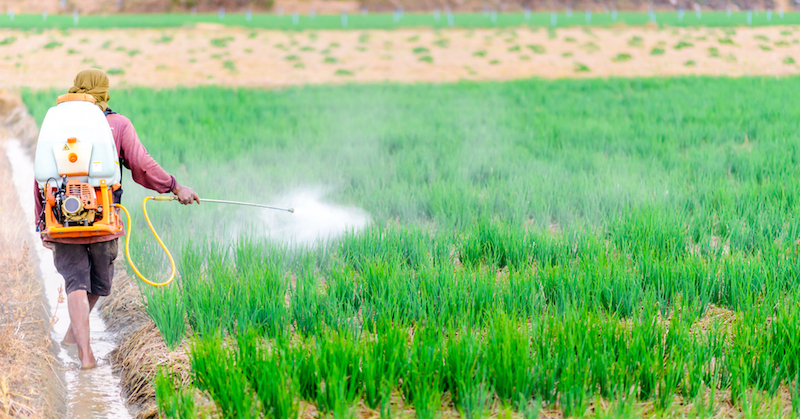
Organic pollutants include polycyclic aromatic hydrocarbons, polychlorinated biphenyls, phenolic compounds, phthalate esters, pesticides, pharmaceutical and personal care products, perchlorates, and flame retardants. Uranium is included in radiological toxicants which also causes chemical toxicity.

Inorganic toxicants include heavy metals (As, Cr, Cd, Hg, Ni, Pb) and metalloids, ammonia, nitrate, and fluoride. The water toxicants are broadly classified as inorganic, organic, and radiological toxicants. However, several factors such as increased urbanization and industrialization, extensive use of chemicals, natural weathering of rocks, and human ignorance led to incorporation of enormous toxicants into the water. Availability of good-quality water is very essential, as it is used in almost all the industrial, agricultural, and household activities.

Water is an essential moiety for the human use since a long time. The need to deepen knowledge in this matter is crucial, bearing in mind how important these animals are for human life. Many aspects of the impact of pesticides and microorganisms on bees are still unclear. Infection with microorganisms may result in the need to dispose of the entire hive to prevent the spread of pathogens to other hives. Microorganisms can cause various diseases in bees, weakening the health of the colony and often resulting in its extinction. Some of the insecticides that negatively affect bees are, for example, neonicotinoids, coumaphos, and chlorpyrifos. They can cause enormous damage to bees' nervous system and permanently weaken their immune system, making them vulnerable to other factors. Insecticides are chemicals that are dangerous to both humans and the environment. It is, however, believed that pesticides and microorganisms play a huge role in the mass extinction of bee colonies. There are many putative factors of CCD, such as air pollution, GMO, viruses, or predators (such as wasps and hornets). Honey has found its healing application in various sectors of human life, as well as other bee products such as royal jelly, propolis, and bee pollen. Bee products play a significant role in human life and have a huge impact on agriculture, therefore bees are an economically important species.

This phenomenon is called Colony Collapse Disorder (CCD). Over the past two decades, there has been an alarming decline in the number of honey bee colonies. Keywords: Environmental Impact Organophosphate Organo Chlorine Pesticide Human Health The purpose of this narrative review is to explain the nature of pesticides and their history, classification, risks, and effects on health and the environment after navigating and reviewing several pieces of literature. The issue of pesticides on human health and environmental risks has emerged as a key problem for these countries in accordance with a number of studies.Įven though pesticide usages increased the quantity and improved the quality of food in the last five decades, with the increasing amounts of their usage, concern about their adverse effects on non-target organisms, including human beings, has also grown. About the environmental impact concern, repeated use of pesticide abrupt effect on the environmental pollution, which can emigrate from treated fields to air, another land, and water bodies. Despite their importance, pesticides could have potential risks to the environment, food safety, the health status of individuals, and all living things. Among these chemical substance groups, the mostįrequently used is pesticides, they play crucial roles in agriculture to protect crops and livestock from pest infestations and yield reduction for many decades. Societies have been used various chemical substances for different purposes specifically due to the rapidly evolving technology, in such situations, they exposed to several types of substances with a broad spectrum.


 0 kommentar(er)
0 kommentar(er)
